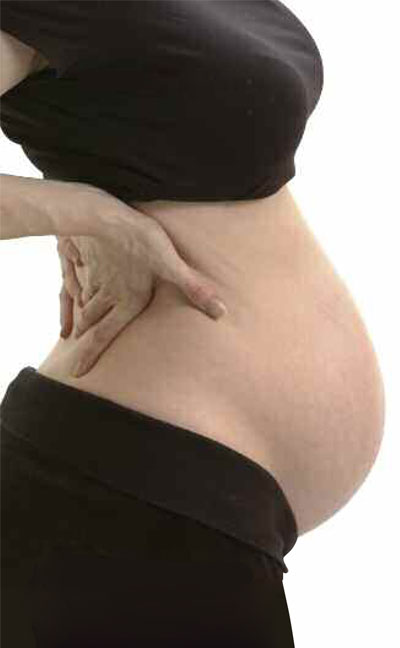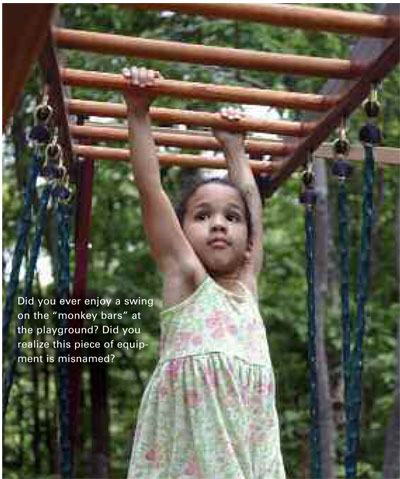“The exhibition promises to break new ground as the first of its kind to address aspects of human evolution in the broad context of mammals, and will be thought- provoking and insightful. It offers the framework and materials to address misconceptions. The [Museum] has the collections and intellectual resources to develop the exhibit. Although consciously avoiding ‘intelligent design’ in the exhibit, the ‘future visions’ section creates a forum for addressing controversial themes (cloning). The exhibit could become a lightning rod for anti-evolutionists . . . .”
(National Science Foundation, Review Panel Summary, November 13, 2003)

On April 19, 2008, the Penn Museum will open the doors on an innovative traveling exhibit illustrating the theory of evolution—an idea that somehow manages to be both 150 years old and yet remains timely. This powerful theory, which appears in the news virtually every week because of the controversy surrounding it, has vast implications that affect every aspect of our lives. As the explanatory tool of all the related fields in the biological sciences, nothing makes sense except in the light of evolutionary process. Our new exhibit makes this point during Penn’s “Year of Darwin,” which celebrates Charles Darwin’s 200th birthday.
This exhibit has been in preparation for over four years, drawing on the resources and expertise of nearly every department within the Museum, for it takes an entire museum to make such an ambitious exhibit! Meeting at least once a week, team members parceled out sub-projects, expanded the fiscal base upon which the exhibit depends, renovated the third floor exhibition gallery, produced education and marketing tools, and confronted a large host of issues. In particular, a series of eight 2-day workshops engendered thought-provoking discussions that knitted together the theme, aims, and key messages of the exhibit, and produced a crisp, clear, and entertaining text to accompany its unique design.
So how is the vast topic of evolution treated in the Museum’s unique contribution to knowledge? As aptly put by Gillian Wakely, the Museum’s Merle-Smith Associate Director for Programs, “The exhibit is about YOU—the visitor.”

The genesis of the idea came from Alan Mann’s realization that students seemed to understand the broad impact of evolutionary process if they could witness it for themselves in their own bodies and minds. In order to evoke this response in the context of the exhibit, we challenge visitors to try to understand and define what it means to be human—to revel in the experience of humanness. We ask them to witness the evolutionary process and to contextualize the human experience. This part of the exhibit is peppered with over 200 touchable casts of both modern and extinct mammals and primates, including many of our human ancestors, our chimp relatives, and even comparisons to horses and whales.

The visitor is now ready to see evolutionary history in their own bodies. Using multimedia devices surrounding a massive model of a woman’s body, they see themselves not as perfect or perfectible beings, but as animals dealing with the various medical dilemmas that characterize the shared human experience—bad backs, difficult childbirths, teeth that do not fit in our jaws, as well as many other maladies that are best understood from an evolutionary perspective.
Finally, we challenge everyone to think about humans past and present and even the humans of the future. What implications do changing patterns in diet have on human health and disease? How will human-based environmental change influence human biology and culture in the future? Our exhibit ends with the unknown and the healthy scientific speculation that is part of the fuller understanding of evolution—it is not progress and it is not predictable.
